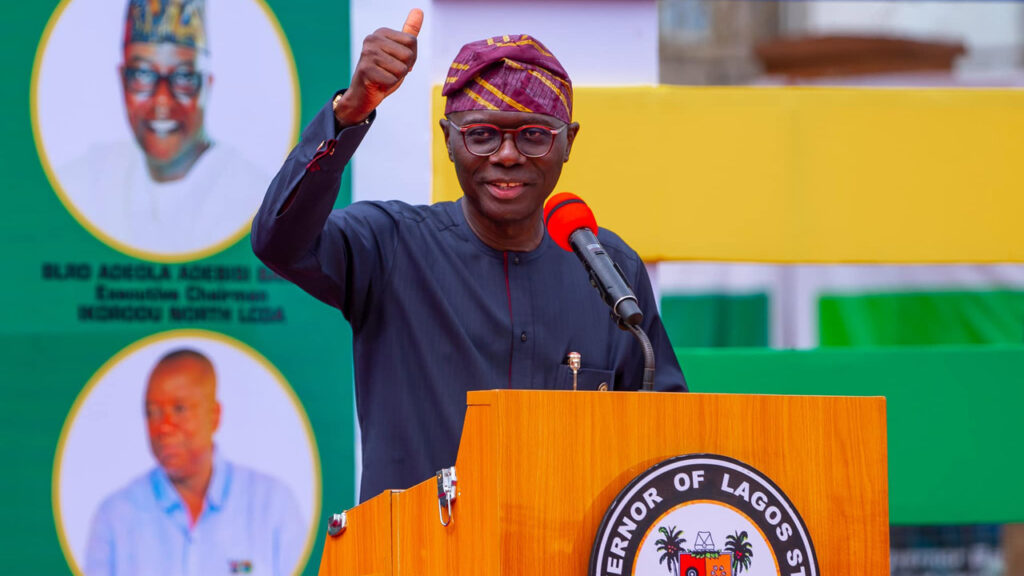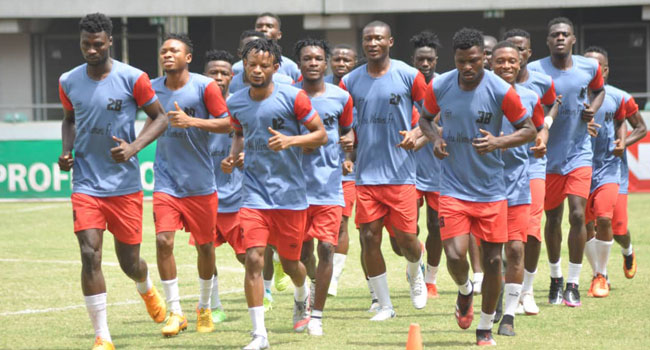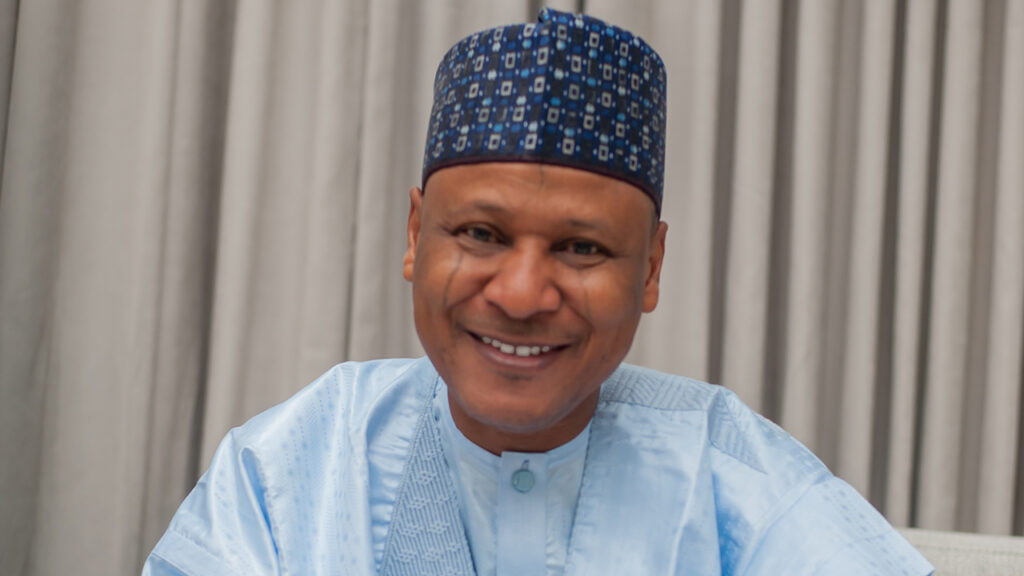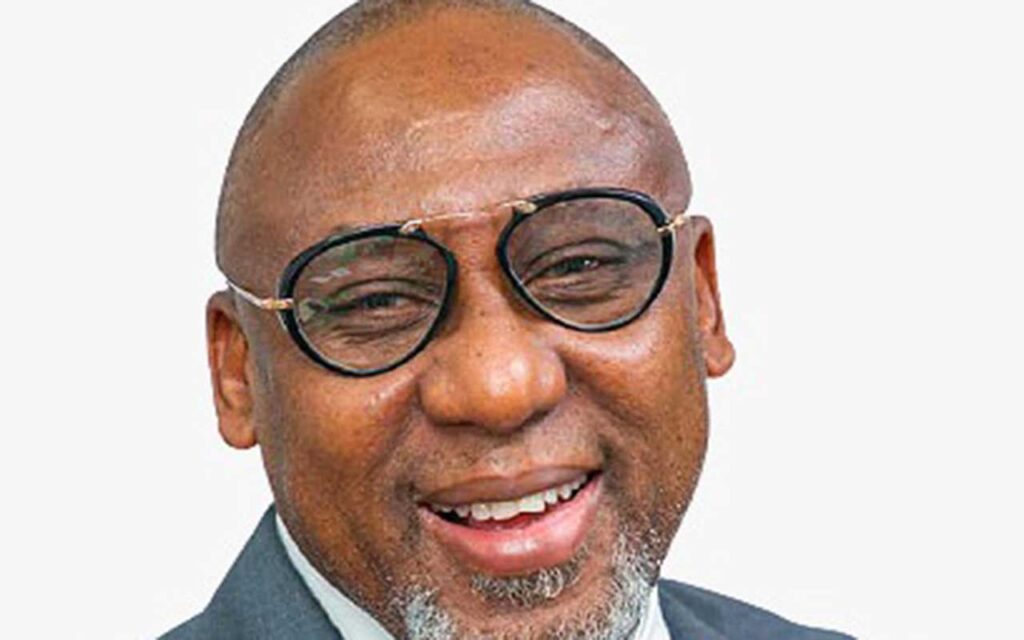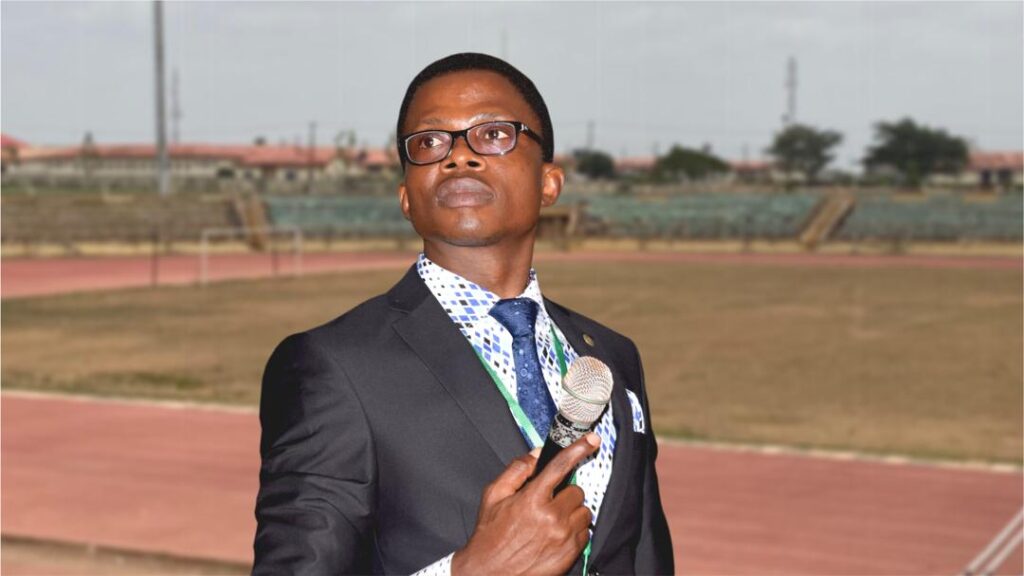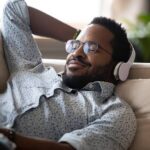
Scientists have explored the relationship between engagement with the creative arts and health outcomes, specifically the health effects of music engagement, visual arts therapy, movement-based creative expression, and expressive writing.
Although there is evidence that art-based interventions are effective in reducing adverse physiological and psychological outcomes, the extent to which these interventions enhance health status was largely unknown.
More studies have established a foundation for continued investigation into this subject and to generate further interest in researching the complexities of engagement with the arts and health.
A research published last week has shown that listening to music daily improves language recovery in patients who have experienced a stroke. However, the neural mechanisms underlying the phenomenon have so far remained unknown.
A study conducted at the University of Helsinki and the Turku University Hospital Neurocenter, Finland compared the effect of listening to vocal music, instrumental music and audiobooks on the structural and functional recovery of the language network of patients who had suffered an acute stroke. In addition, the study investigated the links between such changes and language recovery during a three-month follow-up period.
The study was published in the eNeuro journal.
Based on the findings, listening to vocal music improved the recovery of the structural connectivity of the language network in the left frontal lobe compared to listening to audiobooks. These structural changes correlated with the recovery of language skills.
Postdoctoral Researcher, Aleksi Sihvonen, said: “For the first time, we were able to demonstrate that the positive effects of vocal music are related to the structural and functional plasticity of the language network. This expands our understanding of the mechanisms of action of music-based neurological rehabilitation methods.”
Also, listening to music supports other rehabilitation. Aphasia, a language impairment resulting from a stroke, causes considerable suffering to patients and their families. Current therapies help in the rehabilitation of language impairments, but the results vary and the necessary rehabilitation is often not available to a sufficient degree and early enough.
Sihvonen said: “Listening to vocal music can be considered a measure that enhances conventional forms of rehabilitation in healthcare. Such activity can be easily, safely and efficiently arranged even in the early stages of rehabilitation.”
According to Sihvonen, listening to music could be used as a cost-efficient boost to normal rehabilitation, or for rehabilitating patients with mild speech disorders when other rehabilitation options are scarce.
After a disturbance of the cerebral circulation, the brain needs stimulation to recover as well as possible. This is the goal of conventional rehabilitation methods as well.
Sihvonen added: “Unfortunately, a lot of the time spent in hospital is not stimulating. At these times, listening to music could serve as an additional and sensible rehabilitation measure that can have a positive effect on recovery, improving the prognosis.”
Meanwhile, a new study published, on Tuesday, in the journal Brain Sciences, showed patients with mild-to-moderate Parkinson’s disease (PD) can slow the progress of the disease by participating in dance training with music for one-and-a-quarter hours per week. Over the course of three years, this activity was found to reduce daily motor issues such as those related to balance and speech, which often lead to social isolation.
The study is titled: “Parkinson’s Disease Motor Symptom Progression Slowed with Multisensory Dance Learning over 3-Years: A Preliminary Longitudinal Investigation.”
Senior author, principal investigator and associate professor in the Department of Psychology at York University and PhD candidate Karolina Bearss Joseph DeSouza, found people with Parkinson’s (PwPD) who participated in weekly dance training, had less motor impairment and showed significant improvement in areas related to speech, tremors, balance and rigidity compared to those who did not do any dance exercise. Their data showed significant improvements in experiences of daily living, which include cognitive impairment, hallucinations, depression and anxious moods such as sadness.
The study showed overall that non-motor aspects of daily living, motor experiences of daily living, motor examination symptoms and motor complications did not show any impairment across time among the dance-trained PwPD group compared to PwPD who do not dance.
The study is the first of its kind to follow PwPD over a three-year period during weekly dance participation with music, providing additional information regarding the nature of the progression of motor and non-motor PD symptoms.
The experience of performing and being in a studio environment with dance instructors appears to provide benefits for these individuals. Generally, what we know is that dance activates brain areas in those without PD. For those with Parkinson’s disease even when it’s mild motor impairment can impact their daily functioning — how they feel about themselves. Many of these motor symptoms lead to isolation because once they get extreme; these people don’t want to go out. These motor symptoms lead to further psychological issues, depression, social isolation and eventually the symptoms do get worse over time. Our study shows that training with dance and music can slow this down and improve their daily living and daily function.”
The goal of the research was to create a long-term neuro-rehabilitation strategy to combat the symptoms of PD. In the study, researchers looked at how a multi-sensory activity, (like a dance with music learning) incorporated the use and stimulation of several sensory modalities in the dance environment including vision, audition, tactile perception, proprioception, kinesthesia, social organisation and expression, olfactory, vestibular and balance control — may influence many of the mood, cognitive, motor and neural challenges faced by PwPD.
Researchers followed collected data from PwPD over three-and-a-half years while they learned choreography over the first year and performed it that is designed to be adaptable to the disease stage and current symptoms for PwPD.
In the study, 16 participants with mild-to-moderate PD (11 males, five females) with an average age of 69 were tested between October 2014 and November 2017. They were matched for age and severity of disease. Each participant took part in a 1.25-hour dance class at Canada’s National Ballet School (NBS) and Trinity St. Paul’s church locations.
Dancers participated in dance exercises, which provided both aerobic and anaerobic movements. This group was then compared to 16 non-dance PwPD participants (the reference group) chosen from a larger PwPD cohort from the Parkinson’s Progression Marker Initiative (PPMI), a longitudinal research project funded by the Michael J. Fox Foundation for Parkinson’s Research (MJFF) and related funding partners.
Classes began with live music accompaniment during the seated warm-up, followed by bare work, and ended with moving across the floor. All participants learned choreography for an upcoming performance. Researchers recorded videos, conducted paper and pen questionnaires of all participants and performed statistical analyses.
Bearss said: “Dance is so complex, it’s a multi-sensory type of environment. It incorporates and stimulates your auditory, tactile, visual and kinesthetic senses and adds an interactive social aspect. Regular exercise does not offer these aspects. There’s so much more to dance.”
Researchers will next examine what occurs in the brain immediately before and after a dance class to determine what neurological changes take place.
DeSouza said: “Currently there is no precise intervention with PD and usual remedies are pharmacological interventions, but not many options are given for alternate exercises or additional interventions to push their brains,” said. “Hopefully this data will shed light on additional therapies for this group and be used in the treatment process. There may be changes in the brain that occur with dance with music, but more research is necessary.”
Also, the United States Consulate General in collaboration with Tender Arts Nigeria unveiled an “Arts and Medicine Innovation Hub” hosted at the Federal Neuropsychiatric Hospital, Yaba, Lagos.
A local non-profit organisation, Tender Arts Nigeria, led by 2015 Mandela Washington Fellow, Kunle Adewale, set up the innovation hub with the support of a public diplomacy grant of the U.S. Consulate General.
Speaking at the formal opening of the innovation hub, U.S. Consulate Acting Public Affairs Officer Jennifer Foltz explained that incorporating the arts into healthcare delivery would enhance holistic patient care.
According to her, the innovation hub will provide opportunities for cultural exchange for art therapists, arts in health practitioners and mental health advocates in Nigeria and beyond.
“The United States works closely with our Nigerian partners to strengthen human capital for inclusive growth, and part of that is by supporting programs that lead to a healthier population. We are proud of Kunle Adewale for giving back to his community and country through the establishment of this hub,” Foltz said.
In addition to inaugurating the Arts and Medicine Innovation Hub, Tender Arts Nigeria organized the maiden edition of the National Arts in Health Conference titled “The Arts, Health and You.”
Delivering opening remarks at the conference, Acting Public Affairs Officer Foltz said there is increasing evidence that the display of visual art, especially images of nature, and the use of other art forms like music, can have positive effects on health outcomes.
In his keynote remarks, Lagos State Commissioner for Health, Prof. Akin Abayomi, thanked the U.S. Consulate General and Tender Arts Nigeria for partnering to bring together public health practitioners and professional artists to advocate inclusion of arts in medicine.
“The impact of arts in healthcare could be miraculous for both patients and medical providers. In Lagos State, we will be seeking the input of artists in the design of our new public healthcare facilities,” Abayomi added.
Founder/Executive Director Tender Arts Nigeria, Kunle Adewale, said creative arts programs could help patients work towards recovery in an effective and enjoyable way. He explained that Arts in Medicine, which is relatively new in Nigeria, would go a long way in enhancing public perception of hospitals as centers for nurturing and healing.
“Integrating the arts into healthcare settings helps to cultivate a healing environment. Our Arts in Medicine Project has yielded notable results across local hospitals, including mental health institutions,” he said.
Also, a study titled “Role of music in intensive care medicine” and published in the International Journal of Critical Illness and Injury Science concluded: “Music is a combination of frequency, beat, density, tone, rhythm, repetition, loudness, and lyrics. Music influences our emotions because it takes the place of and extends our languages. Research conducted over the past 10 years has demonstrated that persistent negative emotional experiences or an obsession and preoccupation with negative emotional states can increase one’s likelihood of acquiring the common cold, other viral infections, yeast infestations, hypersensitivities, heart attacks, high blood pressure, and other diseases. For better personal health, we can then choose ‘healthful’ music and learn to let ourselves benefit from it.
“The most benefit from music on health and therefore on the intensive care patient is seen in classical and in mediation music, whereas heavy metal or techno are ineffective or even dangerous. There are many composers that effectively improve health, particularly Bach, Mozart, or Italian composers. Various studies suggested that this music has significant effects on the cardiovascular system and influences significantly heart rate, heart rate variability, and blood pressure as well. This kind of music is effective and can be utilized as an effective intervention in patients with cardiovascular disturbances, pain, and in intensive care medicine.”



